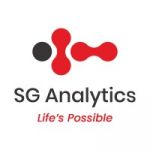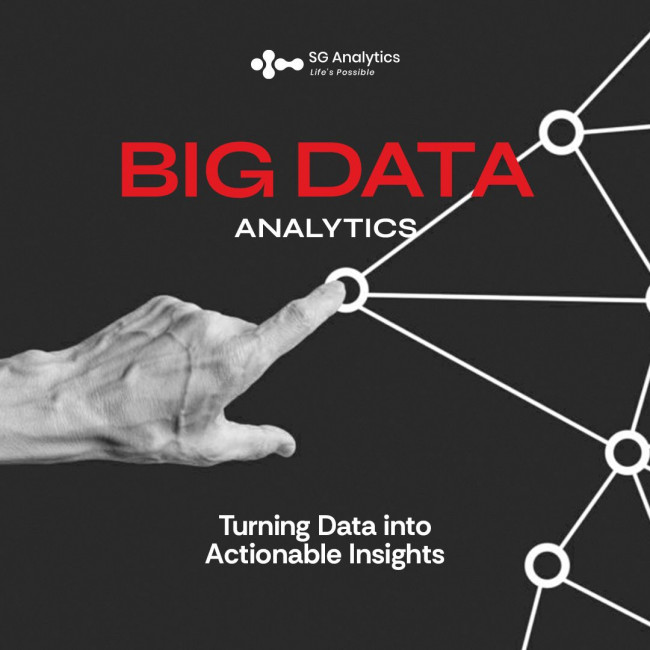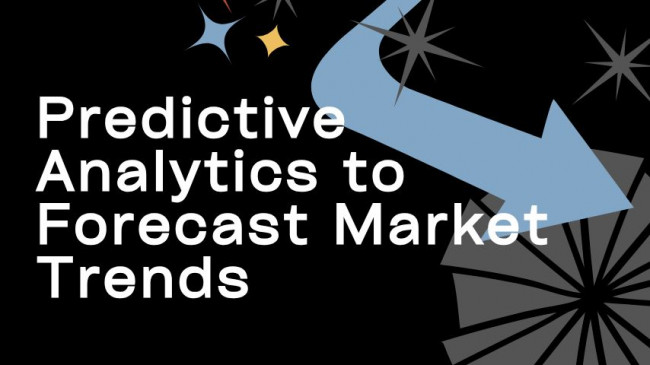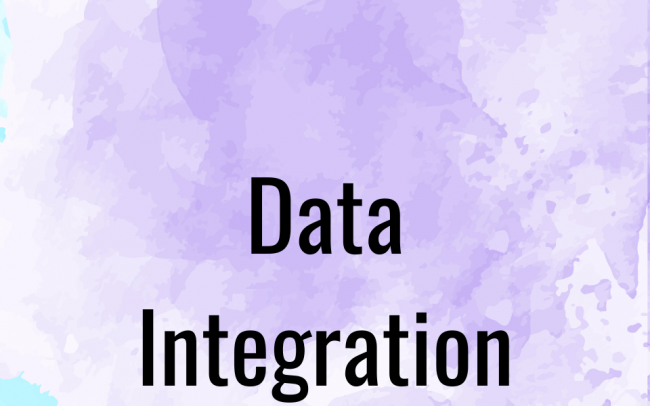Every business, regardless of its scale and geolocation, has clearly become data-driven. Therefore, the rise of versatile corporate analytics to make the best decisions, optimize enterprise performance, and get ahead in the marketplace is an unavoidable, natural progression. An effective analytics strategy allows companies to capture the real worth of data insights, streamline reporting operations, and enhance growth through responsible decision-making.
This post will explain building an effective analytics strategy for your business, highlight its relevance by citing some real-world examples, and dive into critical tools and platforms. Apart from this, you will get some practical recommendations that help you examine, upgrade, and upscale any obsolete strategy so your business does not lose the race in this fast-paced analytics world.
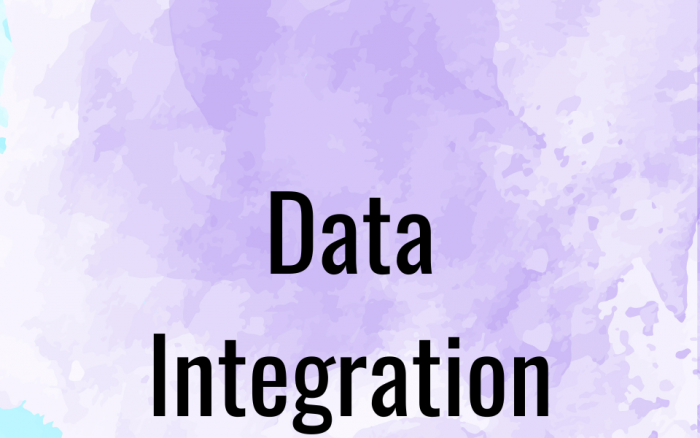
Analytics Strategy: The Definition and Demand
You may wonder what an analytics strategy might comprise. It is essentially the blueprint that shows how a business acquires, analyzes, and then puts data into practice to inform its decisions. In other words, an analytics strategy aligns the firm’s data-related processes with its actual strategic intent.
That is why ensuring that the information generated is actionable and relevant to the company’s long-term goals becomes easy. Simply put, an effective analytics and data management strategy transforms raw data into valuable insights informing decision-making at every level of an organization.
Companies that lack planned activity sequencing vital to analytics’ effectiveness open themselves up to the following grave problems.
Information Overload: Without direction, any business might be inclined toward a collection of quite extensive, almost unmanageable amounts of data. Consequently, employees will tend to get overwhelmed processing this over-information and fail to find useful details.
Lack of Business Focus: Most analytics efforts that are not business-focused waste time and yield meaningless trend discoveries.
This, in turn, implies that bad data insight quality would result in business leaders’ wrong decisions and biased conclusions. Moreover, several database errors or missing records, which are costly mistakes, will aggravate the quality assurance troubles.
Thankfully, trusted data services will equip you with a knowledgeably crafted analytics strategy that will offer these advantages:
It will help a company clearly find novel opportunities for growth and improvement.
Stakeholders can also use it to furnish relevant insights in real-time to facilitate better decision-making.
It will likely improve workflow efficiency and team productivity through data-driven optimizations.
Finally, a data analytics strategy ensures you maintain a unique competitive advantage in the target market by anticipating the market and customer behavior.
The Main Components of an Effective Analytics Strategy
1. Bridging Any Gaps Between Business Priorities and Current Data Operations
The analytics strategy has to be integrated well with business objectives. For example, if your aim is to enhance the retention of customers, analytics should monitor and measure the customer’s behavior, engagement patterns, and feedback. Once business objectives are clear, data collection becomes relevant, and insights truly add vigor to your decision-making process.
2. Data Gathering, Sorting, Validation, and Governance
Any analytics strategy heavily relies on thoughtfully procured data-gathering mechanisms. It also involves a correct determination of the ideal key performance indicators (KPI) and composite metrics with the objective.
Similarly, a healthy implementation of data governance processes necessitates quality, accuracy, and safety in data. Accordingly, popular, authentic software tools are to be selected. Remember, only branded and well-trusted tools like Google Analytics or Adobe Analytics can trace out the behaviors that your customers frequently exhibit when they surf the web.
Meanwhile, data sorting, unification, and validation via Snowflake-like ecosystems offer an efficient cloud-based data platform. They help with the storage and management of enterprise data in a secure manner and do not even compromise scalability.
3. AI-Assisted Predictive Insight Discovery Capabilities
Advanced analytics techniques alone provide future-ready, actionable insights. Typically, they include predictive analytics coupled with machine learning models and add-ons of artificial intelligence. As of now, SAS and IBM Watson Analytics have given inventive companies the solid assistance of predictive analytics.
They excel at forecasting future results based on past data. So, businesses that are able to apply identical models of machine learning will also uncover patterns and industry trends otherwise undetectable with standard analysis methods.
4. Visual Dashboards for Intuitive Reports or Data Views
Visualization is essential to enable complex insights to be translated into information that can be understood and acted upon by decision-makers. As a result, products like Tableau and Microsoft Power BI are used widely to build interactive dashboards and visual reports that clearly depict the performance of a business.
The visualization can be customized according to the specific requirements of the stakeholders. For instance, the report could be developed in such a manner that it suits the requirements of the executive level or the specific needs of the operational team.
5. Technological Employee Skill Development and Data-Centric Office Culture
A good analytics strategy is not just about the right tools or the right process. It thrives in a culture of data-driven decision-making. After all, only a visionary company that has invested in data literacy across the organization can ensure that employees at all levels are motivated to understand how to interpret and act on an analytics program’s findings. Such a data-driven company willingly adopts a culture that bases every decision on vetted evidence and insights rather than gut feelings or intuition.
Examples of Analytics Strategies in Action
1. The Marketing Campaigns and Customer Personalization in Retail and FMCG eCommerce
Nowadays, companies such as Amazon and Walmart use analytics to personalize marketing campaigns, optimize recommendations, and make customer interactions more effective. For instance, Amazon’s recommendation engine analyzes a customer’s purchase history, browsing patterns, or demographics to pre-plan product offers that customers would like, with good conversion rates.
2. Healthcare Predictions to Enhance Patient Recovery Outcomes
The use of predictive analytics helps healthcare organizations ensure patients get better healthcare and avoid sky-high billing costs. For instance, a hospital can predict which patients are likely to be readmitted based on their electronic health record (EHR) analysis. Likewise, you might want to consider how SAS Health Analytics lets healthcare providers analyze patient data, rationalize their operations, and deliver care in a better manner.
3. Fraudulent Transaction Alerts and Lenders’ Risk Mitigation
Banks and non-banking financial companies utilize analytics to identify and prevent fraud from occurring. Today, technologies developed by FICO and Splunk are heavily deployed in anti-fraud practices. These integrations can study transaction information in real-time, and unusual patterns that potentially represent fraudulent activity are highlighted. Predictive models also enable financial institutions to measure risk and thereby employ it in the optimization of credit scoring and lending strategy.
Core Analytics Tools for Business Strategy
The list below shows some of the most widely used analytics tools you can use in your strategy.
1. Google Analytics
Among the most widely used tools to measure a website’s appeal to visitors, Google Analytics (GA) stands above the rest. Business entities intending to track the performance of their site and know more about users’ behavior or the effectiveness of their marketing campaigns must never neglect GA reports. Analysts can get hundreds of customizable reports and insights aimed at enhancing businesses’ digital presence.
2. Tableau
Tableau is among the premier data visualization tools that enable businesses to make interactive dashboards sharable. Furthermore, it supports visualizing even the most complex datasets to tell a story through charts, graphs, and reports. Therefore, every brand eager to benefit from data storytelling seeks talented professionals who are well-versed in Tableau workflows.
3. Microsoft Power BI
Power BI is very similar in terms of visualization capability compared to Tableau but without added competition because it natively integrates with other Microsoft products. That is why it is adopted by businesses using those products. Power BI makes collaboration, reporting, and sharing insights very easy across an organization.
4. Snowflake
Snowflake offers cloud-based data warehouse architecture for secure and scalable data storage and analytics. It is very helpful, especially for big businesses that have large datasets or need a solution that can grow with the ever-increasing needs of their data. Think of modern big data use cases to estimate its usefulness.
5. SAS Analytics
SAS is recognized for its advanced analytics and provides broad tools for data management, predictive analytics, and machine learning. It is one of the most popular companies in various industries and multiple trade niches.
Bonus Section: How to Update an Outdated Analytics Strategy
As time passes, technology, as well as the business environment, tends to change frequently. So, it is essential to update an outdated analytics strategy. Some pragmatic tips for updating an old analytics strategy are listed below.
1. Apply Gap Analyses for Effectiveness Inspection
Gap analysis reveals gaps in your existing analytics strategy and identifies where it is failing. It will enable you to recognize areas of inefficiency in data collection. You can also find some outdated tools requiring major upgrades or discrepancies with new, revised business objectives.
2. Integrate Advanced Analytical Modeling Methods
Most traditional analytics approaches rely on descriptive analytics. It mainly focuses on past performance. Thus, embracing an updated strategy that includes predictive and prescriptive analytics will allow you to predict future trends. Later, your team can make proactive data-driven decisions from a holistic risk mitigation perspective.
3. Strive for Real-Time Data Insights and Dynamic Dashboards
Businesses that have the imperative to respond quickly to environmental, usage-related, or regulatory changes demand data analytics in real time. This need, therefore, means analytics infrastructure ought to be upgraded with live data streaming sources such as IoT devices or blockchain transactions for timely, well-informed, and decentralized decisions. Simultaneously, animated dashboards reflecting those changes must be adopted.
4. Adopt Zero-Tolerance Data Governance and Cybersecurity Standards
You want to update data governance policies according to the current and latest data privacy guidelines or enforced laws in each territory where you operate. After all, these regulations have become very stringent due to stakeholder concerns about potentially unethical analytics practices. You will want to make sure that your data is not only the best and most secure but also compliant with the latest regulatory standards.
Endnote: Creating Analytics Strategy and Regularly Updating It Ensures Effective Insight Exploration
An effective strategy in analytics determines success today. Analytics should be aligned with the business goal, use the right tools, and thrive in a culture of using data to drive decision-making for powerful insights that unleash growth, efficiency, and better decision-making.
Whether starting from scratch or refreshing and building on an existing strategy, brands must adapt to stay agile and continually refine their approach. Change is an inevitable reality in the analytics world, and the companies who find a way to prepare for it by embracing new technologies are one step ahead of the game in their respective industries.
